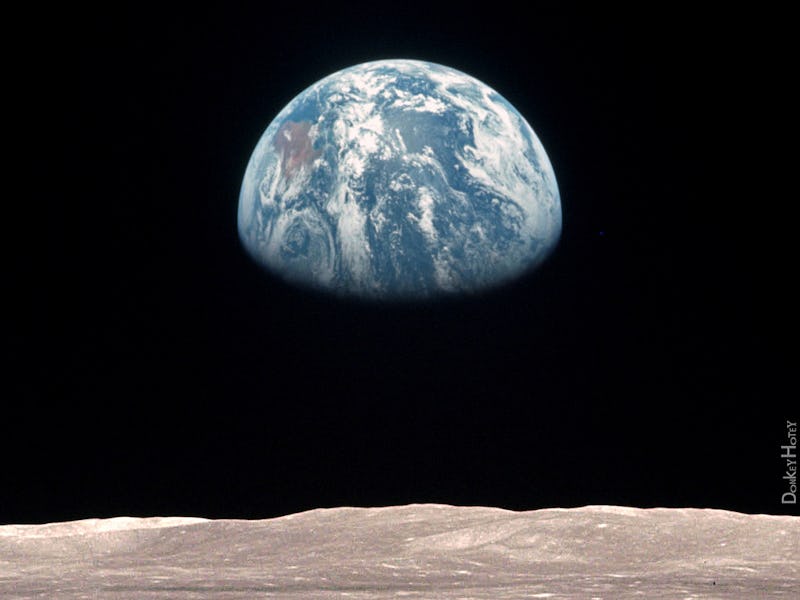Scientists Have a New Idea on Where to Find a "Second Earth"

Though we haven’t collectively done the best job taking care of this Earth, researchers are already trying to find another planet like ours. Now, they might actually have a lead.
In a new study published in The Astrophysical Journal, researchers analyzed 147 solar systems outside our own and found that the presence of “giant planets” could help determine which worlds might be habitable. In most cases, the team found that large planets — about 10 to 1,000 times the size of Earth — aren’t always the most hospitable neighbors to habitable worlds. In fact, the closer an exoplanet is to one of these humungous worlds, the lower its chances of habitability. This is because the larger planets have more gravitational pull and could interfere with a terrestrial planet’s orbit so much that it makes the planet unable to get enough light from the sun to make it habitable. For context, the habitable zone is the region where a planet could theoretically support flowing liquid water.
Oddly enough, this isn’t always the case. In some instances, the team found massive planets — about 10 to 1,000 times the size of Earth — can, in very specific scenarios, increase the range of a star system’s habitable zone. And even in a situation where a giant planet’s gravity pulls at a neighboring planet so much it reduces the size of the habitable zone, this doesn’t mean an “Earth 2.0” is absent from this solar system.
An artist's rendition of an Earth-like exoplanet
“While in the majority of investigated systems the presence of the gas ‘giants’ shrank the habitable zone, they still left sufficient room for habitable Earth-like planets to be there,” research associate Nikolaos Georgakarakos of the department of physics at NYU Abu Dhabi says in a press release. “This is an important insight to inform follow-up investigations. It would not make sense to search for Earth 2.0 in a system where a giant planet stirs the orbit of any neighboring terrestrial planet in the habitable zone so much that its climate collapses.”
Exoplanets like 452b have been dubbed “Earth 2.0” in the past, and so this research doesn’t suggest there is only one planet like ours out there. Even Proxima b — which is almost definitely uninhabitable due to the massive amount of radiation it receives from its star — has been compared to our planet. We just really want an extrasolar twin to validate us in the vacuum of space.
While there’s no planet out there identical to Earth, this study gives a solid lead about where astronomers can look to find more worlds similar to our own.